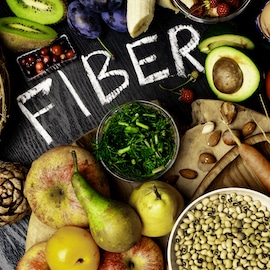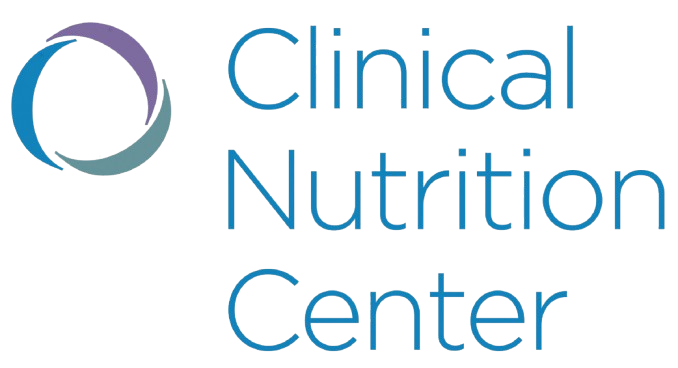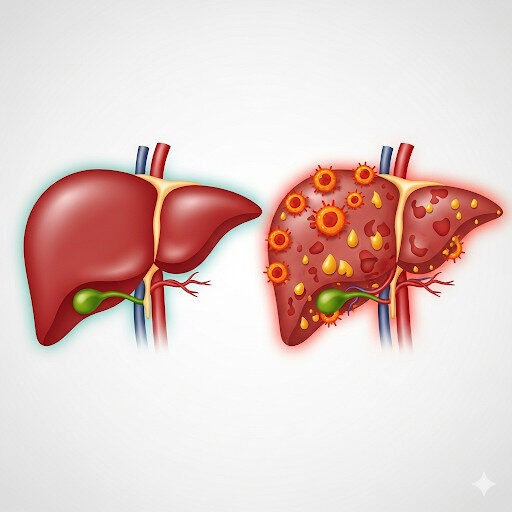
How High-Quality Carbs in Midlife Can Help You Age Well
As women move through their 40s and 50s, many start thinking more seriously about their long-term health—and for good reason. A new study published in JAMA Network Open by researchers at Tufts and Harvard reinforces something we’ve been teaching our patients all along: what you eat in midlife can shape how you feel—and function—decades down the line.
This research followed more than 47,000 women over the course of 30 years to uncover how different types of carbohydrates impacted their ability to age well. And the takeaway is both powerful and empowering: high-quality carbs and fiber in your diet can significantly increase your chances of staying mentally sharp, physically active, and free of major chronic diseases well into your 70s and beyond.
Not All Carbs Are Created Equal
At our Greenwood Village clinic, we talk a lot about carb quality—not just carb quantity. This study highlights why that distinction matters. The women who consumed more high-quality carbohydrates—from whole grains, fruits, vegetables, and legumes—had a 31% better chance of aging healthfully than those who leaned more heavily on refined carbs like white bread and sugary snacks.
On the flip side, higher intake of refined carbs was associated with a 13% drop in the odds of healthy aging.
Defining “Healthy Aging”
Aging well isn’t just about living longer—it’s about living better. In this study, “healthy aging” meant making it to at least age 70 without major chronic disease, while maintaining good cognitive function, physical ability, and mental well-being. Out of all the women followed, only about 8% met that gold standard. What set them apart? A diet rich in fiber and high-quality carbohydrates.
The Unsung Hero: Fiber
Fiber plays a major role in disease prevention, but this study went a step further—it found that fiber also supports memory, mobility, and mood.
- A one standard deviation increase in total fiber intake was linked to a 17% higher chance of healthy aging.
- Fiber from fruit boosted the odds by 14%.
- Fiber from vegetables added 11%.
- Even cereal fiber (like from oats or bran) gave a 7% bump.
This reinforces something we stress with our patients all the time: fiber isn’t just about digestion—it’s a cornerstone of whole-body health.
Glycemic Index, Glycemic Load, and Mental Health
If you’ve ever wondered whether foods that spike your blood sugar could affect your brain, the answer is yes—and no. High glycemic index (GI) foods, which raise blood sugar quickly, weren’t helpful for aging well. But interestingly, foods with a high glycemic load (GL) were linked to slightly better mental health—until fiber was factored in. Once researchers accounted for fiber, that benefit faded. The real star here is still fiber.
Small Swaps, Big Results
The study found that women who replaced refined carbs with higher-quality carbs had an 8–16% better chance of healthy aging. That’s a major return on investment for a relatively simple lifestyle change.
If you’re thinking about your long-term health—and especially if you’re using medications like semaglutide or tirzepatide to support your weight loss journey—this is an ideal time to also optimize your food quality. Medications can be game changers, but pairing them with smart nutrition choices delivers the best outcomes.
This chart adapated from the Mayo clinic shows high fiber foods in different food groups that you can incorporate with meals:
| Name | Serving Size (grams) | Total Fiber (grams) |
| FRUITS | ||
| Raspberries | 1 cup (123) | 8.0 |
| Pear | 1 medium | 5.5 |
| Apple, with skin | 1 medium (182) | 4.5 |
| Banana | 1 medium (118) | 3.0 |
| Orange | 1 medium (140) | 3.0 |
| Strawberries | 1 cup (144) | 3.0 |
| VEGETABLES | ||
| Green peas, boiled | 1 cup (160) | 9.0 |
| Broccoli, Boiled | 1 cup chopped (156) | 5.0 |
| Brussels Sprouts, boiled | 1 cup (156) | 4.0 |
| Potato, with skin, baked | 1 medium (173) | 4.0 |
| Sweet Corn, boiled | 1 cup (157) | 4.0 |
| Cauliflower, raw | 1 cup chopped (107) | 2.0 |
| Carrot, raw | 1 medium (61) | 1.5 |
| GRAINS | ||
| Spaghetti, whole wheat, cooked | 1 cup (151) | 6.0 |
| Barley, pearled, cooked | 1 cup (157) | 6.0 |
| Bran flakes | ¾ cup (3) | 5.5 |
| Quinoa, cooked | 1 cup (185) | 5.0 |
| Oatmeal, instant, cooked | 1 cup (234) | 4.0 |
| Popcorn, air-popped | 3 cups (24) | 3.5 |
| Brown Rice, cooked | 1 cup | 3.5 |
| LEGUMES, NUTS AND SEEDS | ||
| Split peas, boiled | 1 cup (196) | 16.0 |
| Lentils, boiled | 1 cup (198) | 15.5 |
| Black Beans, boiled | 1 cup (172) | 15.0 |
| Cannellini, Navy, Great Northern beans, canned | 1 cup (180) | 13.0 |
| Almonds | 1 ounce, about 23 nuts | 3.5 |
| Pistachios | 1 ounce, about 49 nuts | 3.0 |
What This Means for You
Here’s the bottom line: Your everyday food choices in your 40s and 50s are building the foundation for how you’ll feel in your 70s and 80s. The science backs up what we see in real life: women who eat more whole, plant-based carbs and fiber don’t just age—they thrive.
At our clinic, we’re here to help you make changes that are realistic, sustainable, and personalized for your unique body and goals. Whether you’re managing weight, navigating midlife shifts, or simply looking to feel your best long-term, upgrading your carb quality is a smart place to start.
Because aging well doesn’t happen by accident—it’s something we build, bite by bite.
References:
Mayo Clinic (Mayoclinic.org) Nutrition and healthy eating, high fiber foods




